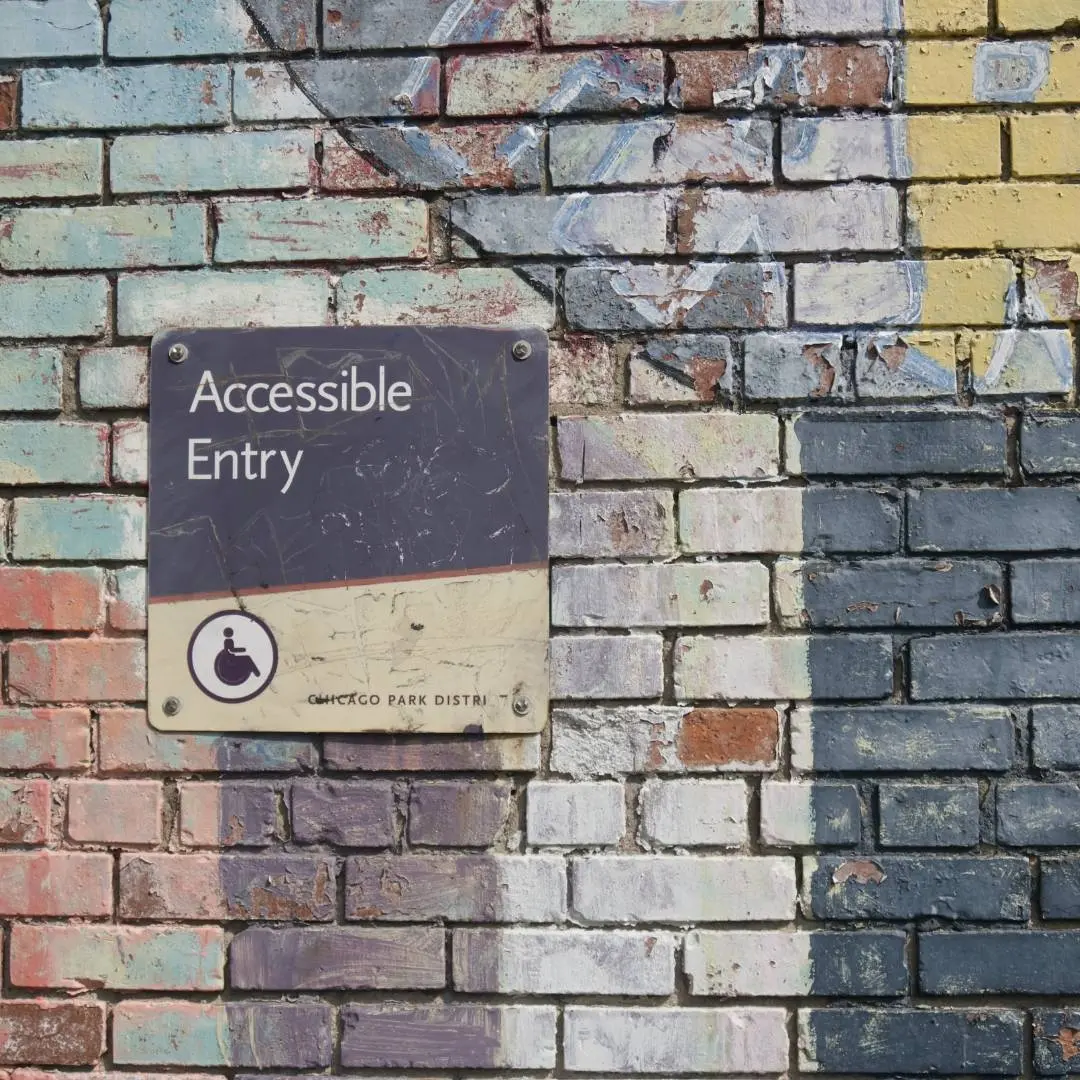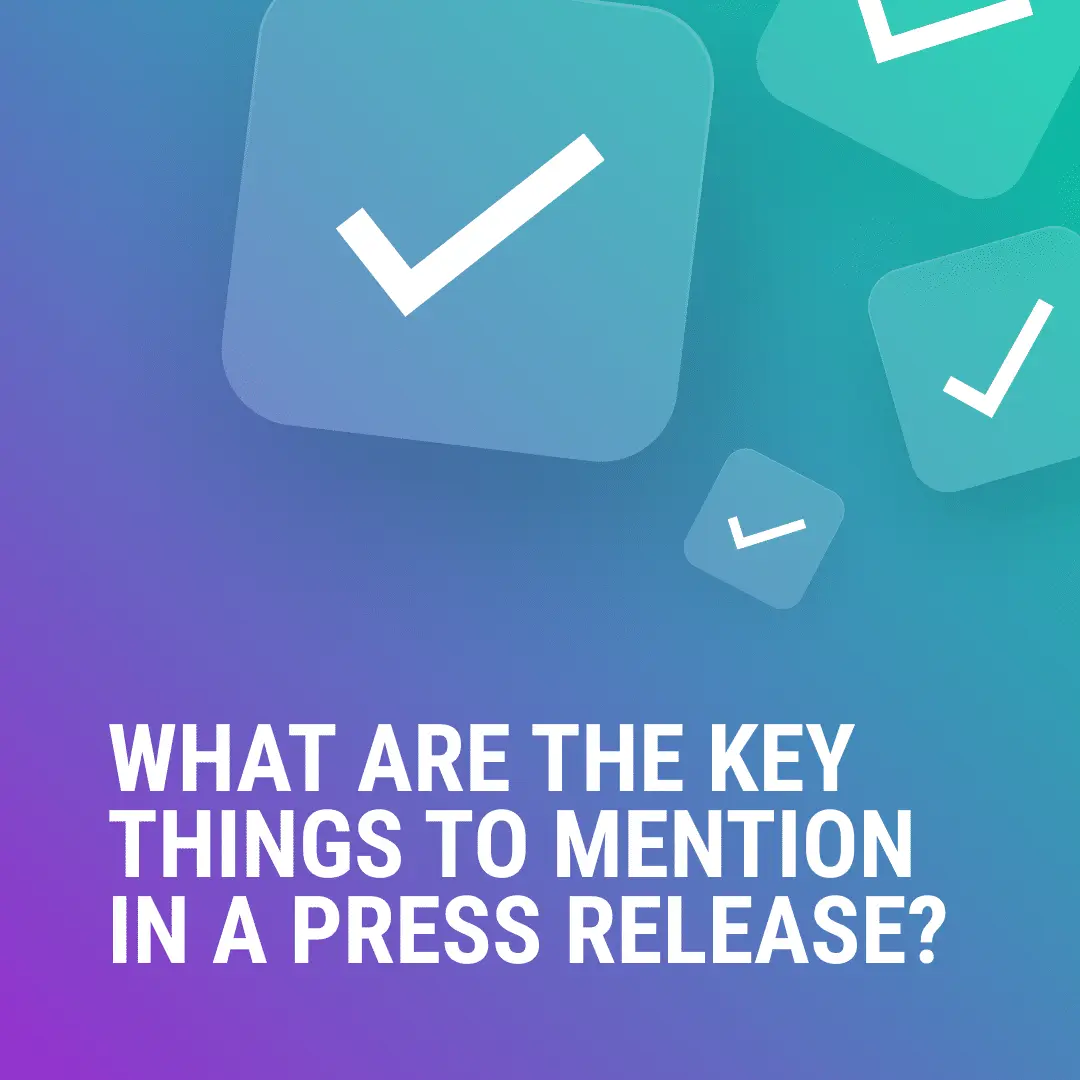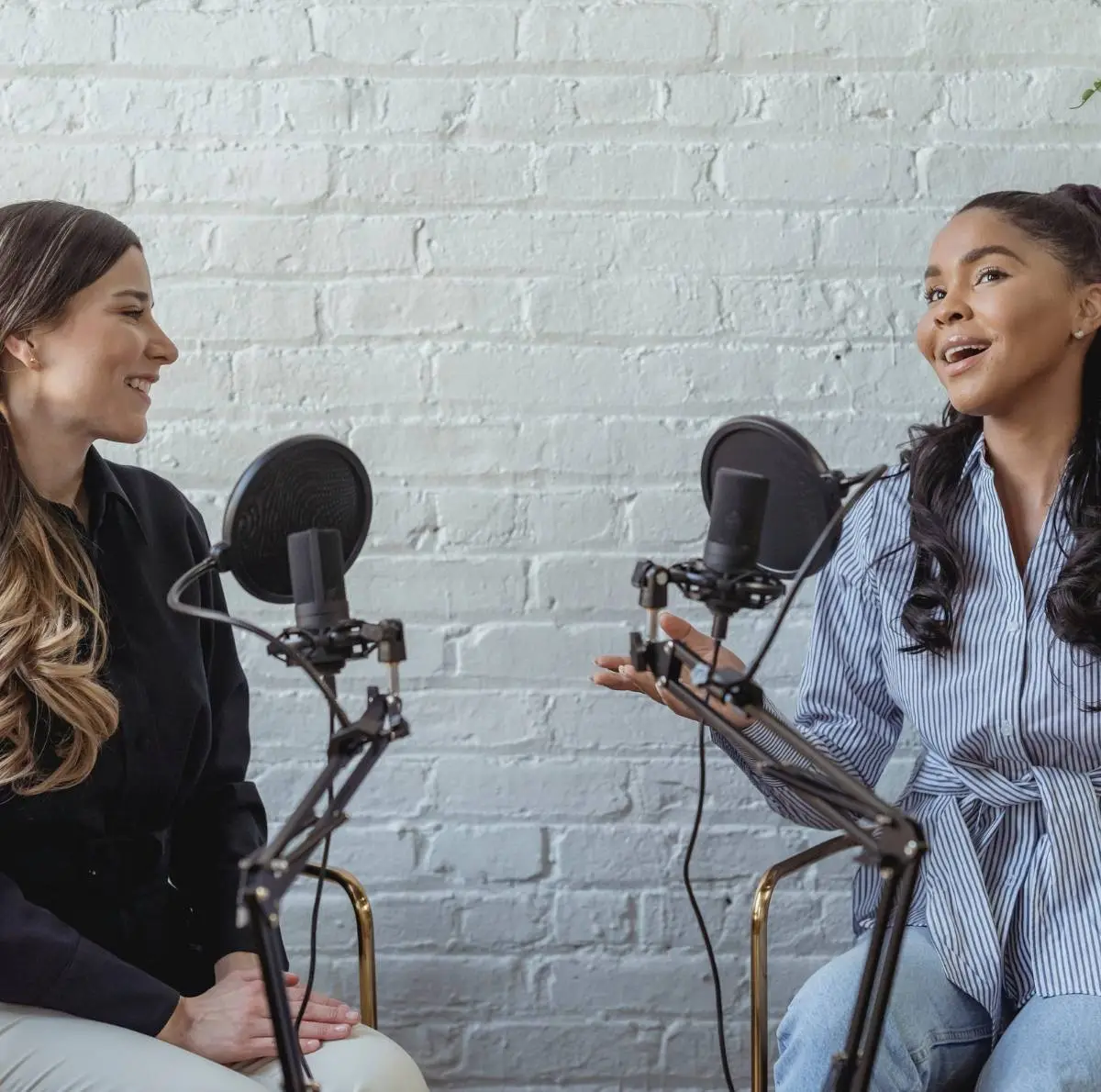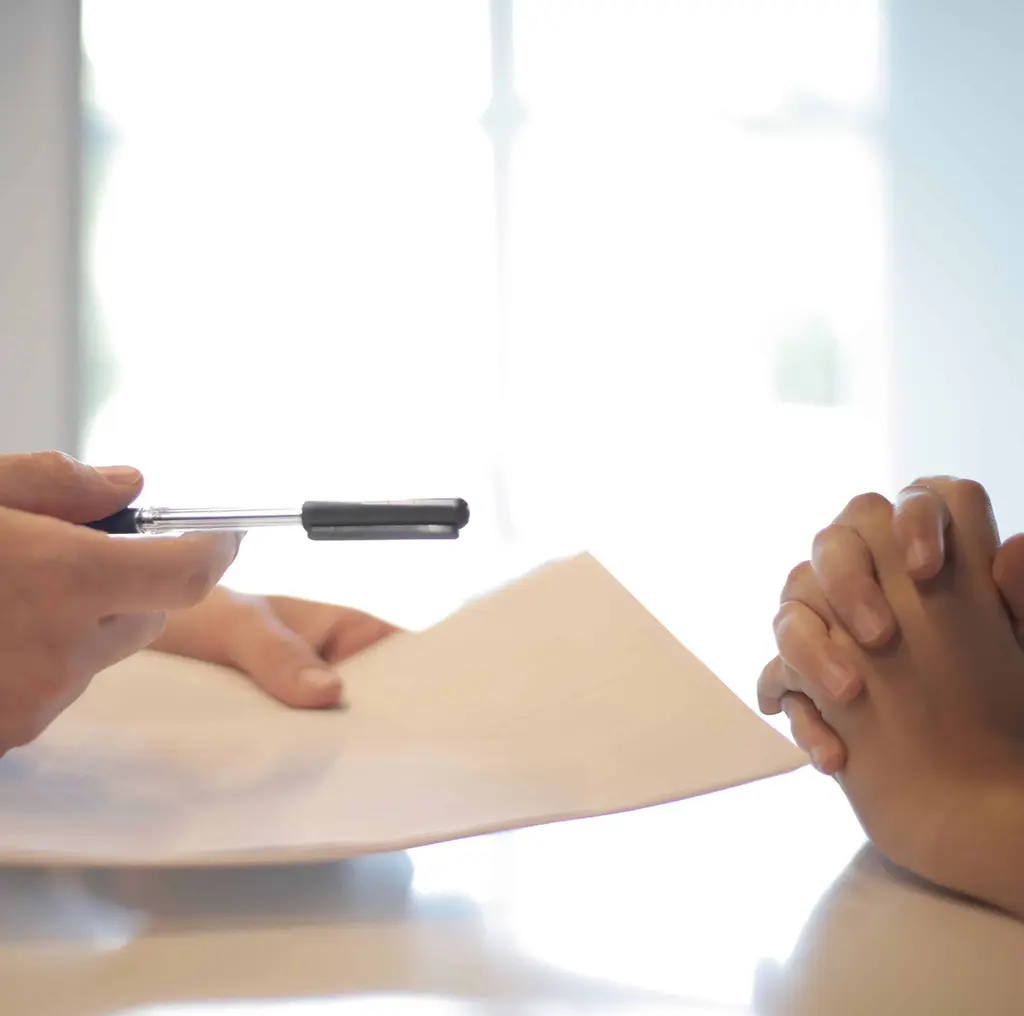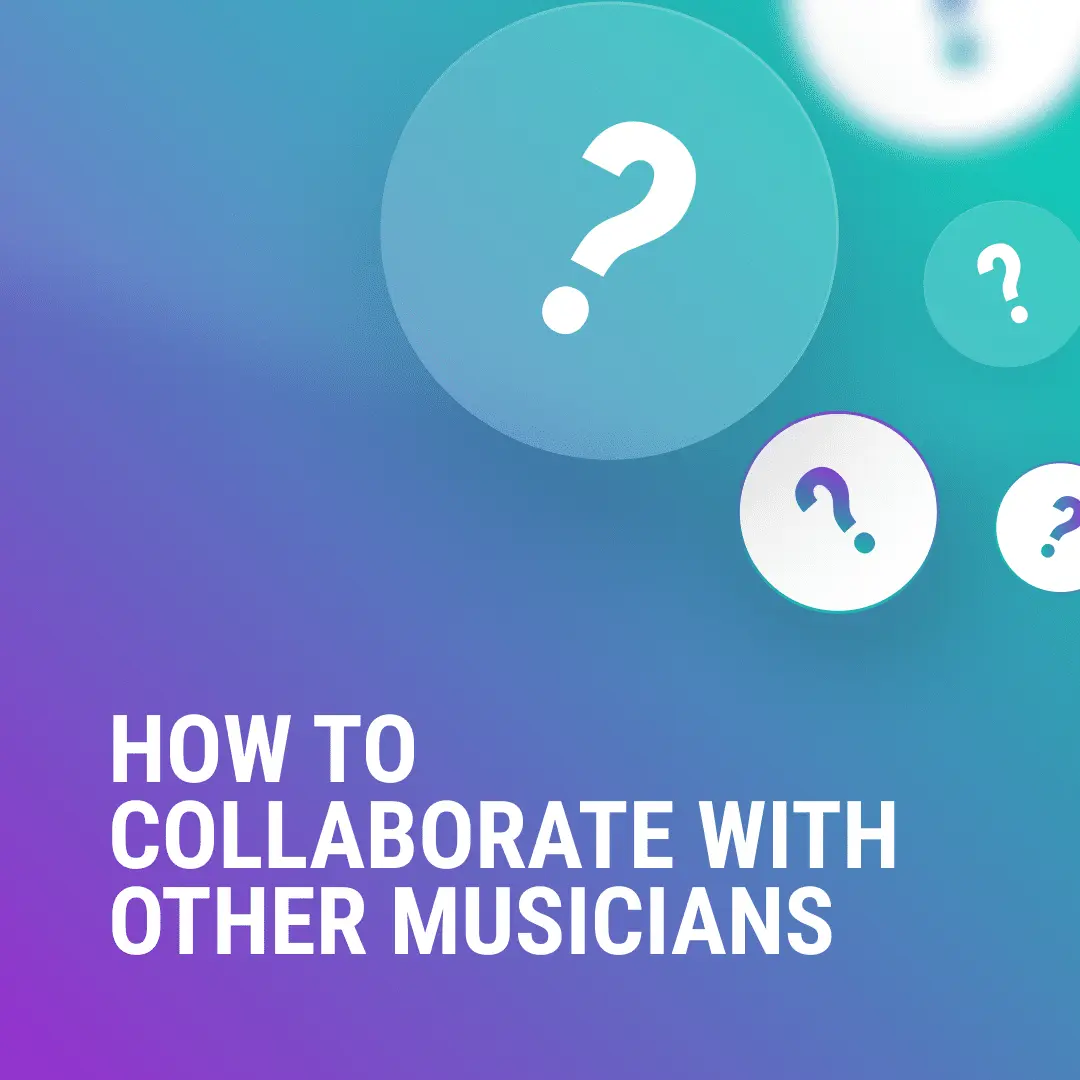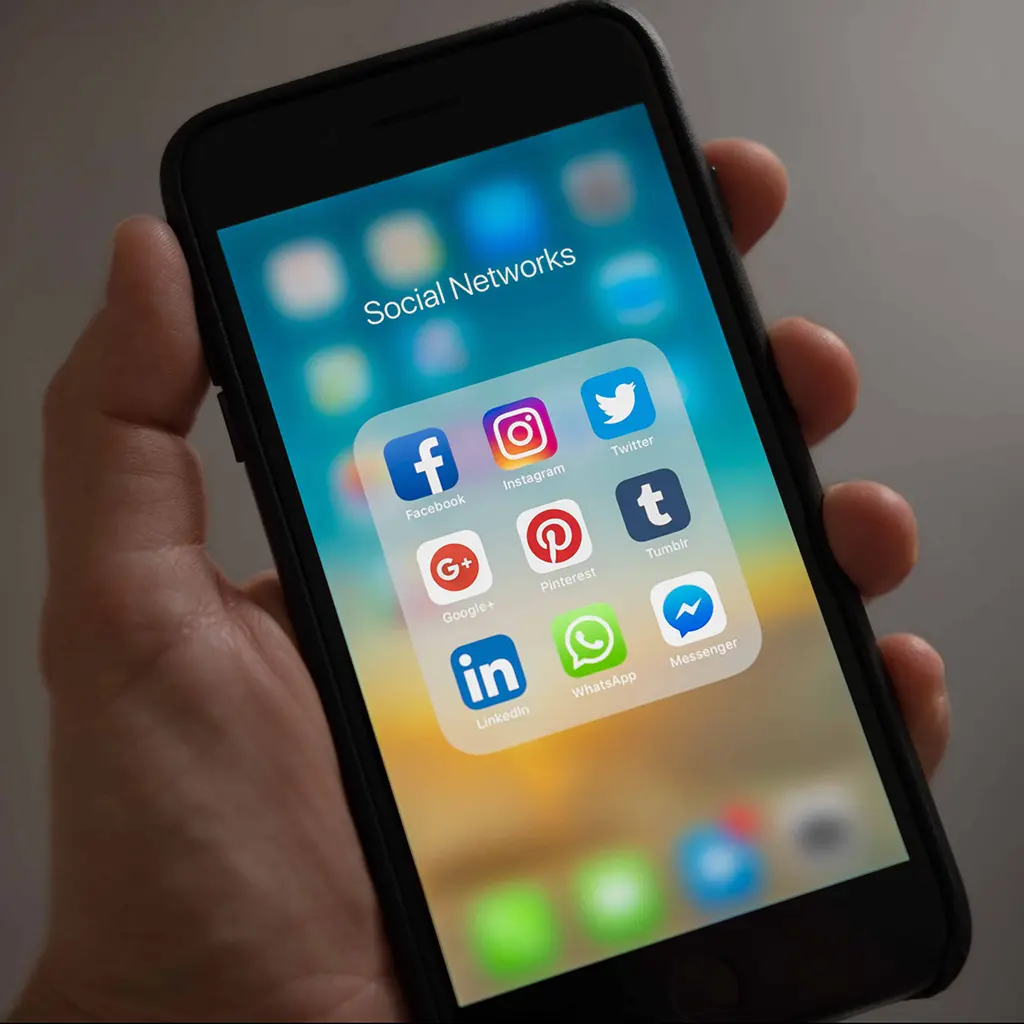Awareness
The first step to making your performances more inclusive and accessible is becoming aware of the different working parts of a performance. Think through each of the steps you take from the beginning to the end of the performance process and break down each stage to assess whether they are individually accessible.
For most of us, it is easy to plan our days and activities without too much stress or effort. We see a gig online that we want to attend, so we buy a ticket and share the event with some friends. We meet them there for a drink, climb the winding stairway that leads to the band room, and enter a usually very dark band room. Often we will get shoved a little by the large crowd and in between sets yell at the bartender what drink we want so they can hear. It’s about time we use the bathroom which is up another set of stairs, hear some great music with our mates and leave with our ears appropriately ringing.
How often do we take for granted how easy this is for the majority of us and forget how incredibly difficult or altogether impossible this is for people with disability?
Where to start? Think about the process and how accessible each step is.
Finding the gig, is it accessible to everyone?
So you found the gig online. Where did you see the gig? Most likely shared on a friend’s social media post, so you listened to the video snippet of the band, liked what you heard, so you clicked and got redirected to tickets. That was easy enough.
But, imagine if you were blind or had low vision. Would it be as easy to find? Was the post copy accessible and clear enough for a screen reader to read out loud to someone? Was there a video description describing what was visually happening in the video?
What if you were d/Deaf or hard of hearing? How could you be sure it was going to be a show you would enjoy and understand? Were there subtitles or captions on the video so you could read the lyrics and get a gist? Will there be a sign language interpreter at the show so you can understand what is being sung?
Making amendments to your posts by adding clear and succinct image/video descriptions and captions and/or subtitles to your videos can make all the difference to a person with disability. When you do these things, it shows you are thinking of who might see the post and making it as inclusive and accessible as possible.
Getting to the venue
Generally, when planning a trip to a music venue, the biggest question is; “should I take public transport so I can drink? Or, should I save some money and drive?”. This is not the case for everyone. Just getting to the venue alone can be challenging.
In this situation, you can offer some clear instructions for people with disability. You can identify if there is disabled parking nearby and if so, where is it in relation to the venue? You could suggest carpooling for anyone who cannot drive.
Another option is to suggest accessible public transport options. Where are the nearby bus stops, train stations, etc? How far is the walk from those stops to the venue?
Social Story
You can also provide a Social Story for those who are neurodiverse or with Autism. A Social Story offers certainty at all stages of the journey.
Social stories explain social situations to autistic children and help them learn ways of behaving in these situations. These stories are sometimes called social scripts, social narratives, or story-based interventions.
You can create a social story on platforms like Canva. Creating a handful of slides that outline what a person can expect can be the thing that encourages them to attend or stay at home. Your slides can have images of the venue or mode of transport on them as well as descriptors of what can be expected at each stage of the journey.
For example:
You will get dressed for the gig and get into the car.
You will drive to the music venue. (Include a picture of the venue)
You will go upstairs to the band room and get a stamp on your hand as you enter. (Include a picture of the band room and stamp)
The band will come on stage and perform. (Include a picture of the band)
The band will finish and you will clap.
If you need to go to the bathroom, you will follow the bathroom signs. (Include a picture of the signs and venue toilets)
You will meet your father downstairs out the front of the venue to be picked up. (Include a picture of the front of the venue and a car waiting)
A Social Story might take you 15-20 minutes to create. It is not a lot of time or effort on your part and could mean the difference between being inclusive and accessible for a community of people. In 2021, The World Health Organization (WHO) reported that 15% of the world’s population is living with disability. That’s roughly 1 billion people. This is not a small community, it is vast and historically, this community has not been included or considered in the music industry. Change is well overdue and it starts with each of us doing what we can to cause a shift in the music landscape.
Accessibility of the venue
Let everyone know whether the venue is accessible or not. Some venues have an accessibility tab on their websites like The Corner Hotel. This goes into great depth about the venue and what it has and doesn’t have in terms of accessibility. Down to things like door width measurements. Sadly, most venues do not have any information online about their accessibility.
So, as the artist, you should ask and share with your audiences! The onus should not be on the person with disability to call and find out the information.
Ask the venue questions like:
- Is there a disabled toilet on the premise? If not, where is the closest one?
- Are there stairs to get to important places like bathrooms or the band room? If yes, is there a functional lift? How many stairs are there? Is there a handrail? Are these stairs steep? The exact measurements are even better!
- Is there an accessible entrance? Ramps anywhere?
- How wide are the doorways to the entrance, band room, bathrooms, etc? Could a wheelchair fit through them?
- Are there any inclines within the venue or single steps anywhere?
- Is there an accessible menu for food and drinks? (This could be a hard copy brail menu, an online version, or a large text option)
- Are there any quiet places for Neurodivergent individuals to go if they get sensory overload?
- Are there viewing platforms available for wheelchair-bound individuals?
These are not all of the questions that should be asked. There are certainly more. But this is a good place to start. You can also encourage your audience to reach out to you if they have any specific questions about accessibility and you can enquire directly with the venue.
The performance
There are two aspects here. One is an audience member wanting to attend with disability and the other is a musician who is performing with disability.
What can we do to make sure both are included and accommodated?
For the performer
Much of this depends on the disability of the performer, but some basic things to think about are the following:
Stage access
How is the performer getting on stage if they have a physical disability? Are there steps? Do they have a handrail? If the performer is a wheelchair user, is there a portable chair lift that can be organized?
Seating
Is the artist able to stand for some or all of the set? Is seating available if not? Performing is a physically taxing endeavor. Venues and bookers should be thinking ahead about the comfort and safety of the performer.
Sound and Lighting
Having a discussion prior with the venue manager and the sound engineer for the night could be the proactive measure that allows a performer with disability to carry out an incredible show. All that needs to be discussed is the needs of the artist and what can be accommodated. Bright lights on the artist may be sensory overload. Or, any artists who are d/Deaf or hard of hearing may need specific foldback settings that are on the louder side.
Water
Something as simple as hydration or sugary treats can also make a world of difference. For anyone with diabetes or chronic fatigue, a bit of food and water could be a game-changer.
The people who will know best about what they need are the artists themselves. Never assume you know best, always ask respectfully. Another way for performers to communicate what they need is by having Accessibility requirements on their rider/tech sheet. This means everything is clearly spelled out and can be carried out by venue staff on the night.
For the punter
American Sign Language Interpreter (ASL)
Provide a sign language interpreter and ensure they are standing in a well-lit area so everyone can clearly see them. There are specialized interpreters for music performers. You need to send them your lyrics and the music ahead of time so they can learn how the words match the rhythm. Melodies don’t have the same tempo or rhythm as regular speech, so allowing an interpreter to adjust their signing to the speed of the song is essential for an accurate experience. Amber Galloway is a great example of what an incredibly experienced and passionate interpreter can achieve.
Sound and Lighting
It is important to pre-warn punters about flashing/strobe lights for anyone who has sensory requirements or epilepsy. In addition, you can measure how many decibels performances have reached in the specific band room and list this for punters to see. They may then opt to bring noise-canceling headphones to reduce auditory stimuli.
Seating/Viewing
Make any wheelchair users aware of viewing platforms if a venue has them. Also having additional chairs for anyone who may need them throughout the performance can be helpful.
How can you help make the industry more inclusive and accessible?
Be aware, be inclusive. Be the change you want to see in the industry.
- Always defer to a person with lived experience before you go and implement changes.
- Request interpreters on your tech riders.
- If you show music videos at your performances, include lyrics/subtitles.
- If you are applying for grants for performances, include interpreter fees in your application.
- Put pressure on venues to be more accessible and to include as much information about their venue on their websites as possible.
- Put an accessible app like User-way on your website that allows people to change font size, colors, and formatting as needed.
- Learn about people with disability. If you are not sure, ask! Never assume to know how someone feels or wants to be treated.
- Chat with people at your live shows, ask them questions and get to know them! They may end up being your number 1 fans.
- Start conversations with people on Vampr about how they make their gigs accessible.
- Ask how people with disability identify themselves. Some prefer musicians with disability and others prefer disabled musicians. Always check, don’t assume.
- Recommend incredible musicians with disability for gigs and performances. Share their works on socials. Champion their talent the same way you would anyone else.
- Book more musicians with disability at venues, as support acts, at festivals, and in general!
Want to hear some incredible music from artists with disability? >> Listen Here

